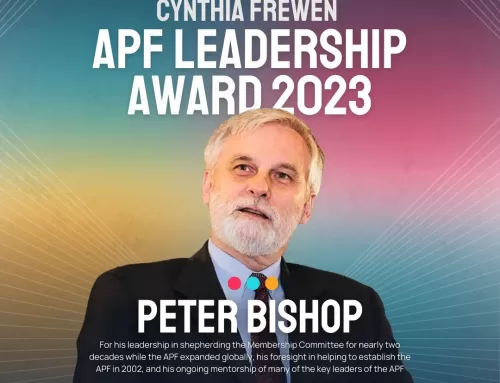Having been working on this project with Dr. Hines for several months now, I thought I would discuss the articles that have really piqued my interest so far, what I’m calling “Specialty Futurists.”
In the retail space, Howard Saunders, a retail futurist, opines that people no longer want to see rows and rows of the same items on shelves, but want to have a “personal experience” while shopping. Some of the follow-on experiences include making everything “tap-and-go” and eliminating the need for cards and cash. This, of course, is already pervasive with apps such as Venmo, Square Cash, Google Wallet, Apple Pay, and TransferWise, to name just a few. Stores already have the capability to track our cell phones as we move about, noting where we linger and what we bypass, and can send coupons or notifications based on our movements. And Corning Glass is on the way to provide us mirrors that will show what we look like in various articles of clothing, without having to actually try them on.
Futurist Karinna Nobbs, who has worked with several large clothing companies and is now a Senior Lecturer at the London School of Economics as well as working with a mixture of fashion and media brands, has spoken about wearable technology and the need to design them “fashion first”, addressing purpose, balance and visibility in this process. Her goal, as a futurist in fashion, is to merge digital anthropology and data science to understand how fashion is affect consumers’ behavior.
In the government area, I was pleased to see that local governments, e.g., Carroll County, Maryland, are working with futurists). Additionally, New York City has advertised for a futurist to help them “gather insights on possible cultural, economic and environmental changes”. Yes, both of these locations are in what are often considered cosmopolitan areas (Carrol County is outside Washington, DC), so it isn’t as much of a surprise as it would have been ten or even five years ago.
A third subset that also surprised me is the percentage of the futurists that Google finds who are members of the APF. Of the 811 hits captured so far, 105 are listed as APF members, and of the 103 I have added, 11 are APF members. The percentage is increasing from 7.5% before I began to 9.3% during my activity. That’s a good thing! – Lloyd Chesley

